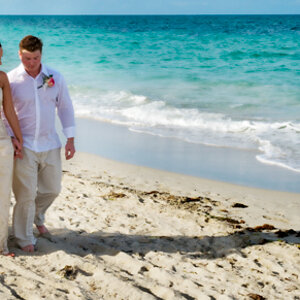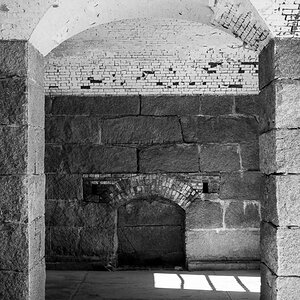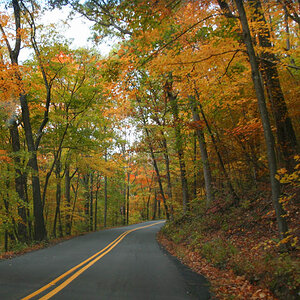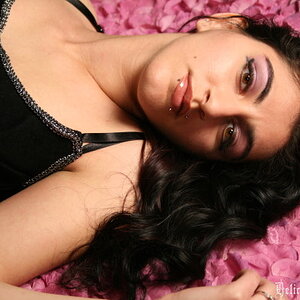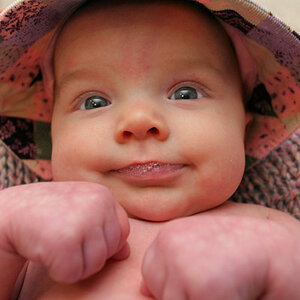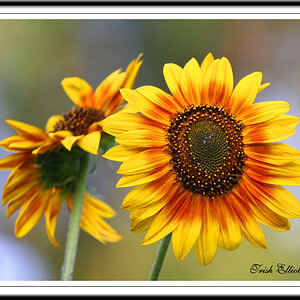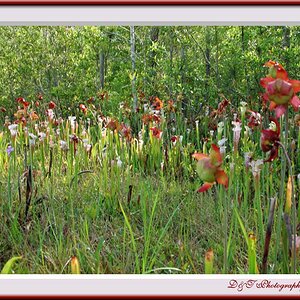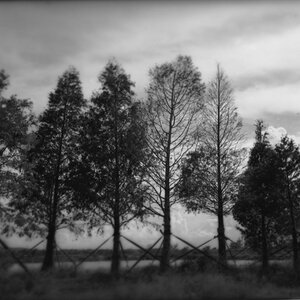Bradley Nelson
TPF Noob!
- Joined
- Nov 3, 2018
- Messages
- 1
- Reaction score
- 0
- Can others edit my Photos
- Photos NOT OK to edit
I coach high school track and field. I'd like to be able to take some good quality action shots of my athletes during track meets. My wife has a Canon Rebel that I've used a fair amount, so I understand some of the basics, but I'm still very much a newbie when it comes to digital photography.
I'd like to get a simple DSLR setup that will let me get crisp, clear shots of athletes without a whole lot of hassle. That means limited adjusting of ISO, frame rate, etc. And it means one lens. As a coach, I can get fairly close, but I know I need more than 55mm. But a 400mm lens is (a) too expensive and (b) too big for me to haul around as a coach. I can typically be within 50ft of the athletes at most.
So my questions are:
1) Is a Canon Rebel a reasonable camera to use for this? Getting clear action shots? (I know there are various Rebels, so which is best for this?)
2) What lens is best? 100mm? 200mm? Something else?
3) What are the key tips for getting those clear action shots without a lot of fuss?
I know I'm trying to take a high-skill task and dumb it down a bit here, but I'm also trying to be practical! I know I won't get professional quality photos, but I'm hoping for something better than iPhone shots.
I'd like to get a simple DSLR setup that will let me get crisp, clear shots of athletes without a whole lot of hassle. That means limited adjusting of ISO, frame rate, etc. And it means one lens. As a coach, I can get fairly close, but I know I need more than 55mm. But a 400mm lens is (a) too expensive and (b) too big for me to haul around as a coach. I can typically be within 50ft of the athletes at most.
So my questions are:
1) Is a Canon Rebel a reasonable camera to use for this? Getting clear action shots? (I know there are various Rebels, so which is best for this?)
2) What lens is best? 100mm? 200mm? Something else?
3) What are the key tips for getting those clear action shots without a lot of fuss?
I know I'm trying to take a high-skill task and dumb it down a bit here, but I'm also trying to be practical! I know I won't get professional quality photos, but I'm hoping for something better than iPhone shots.



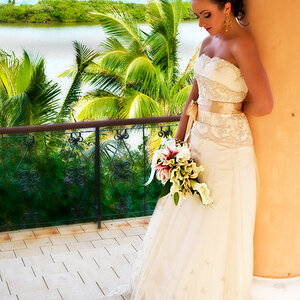
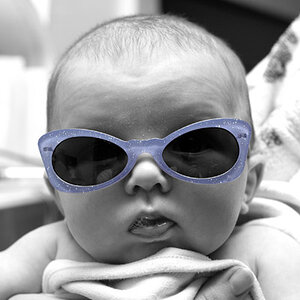
![[No title]](/data/xfmg/thumbnail/32/32158-8de1a90710a58144b47a0cee83a6c820.jpg?1619735234)
